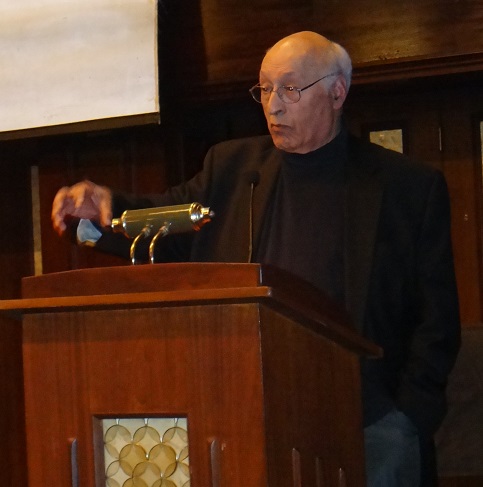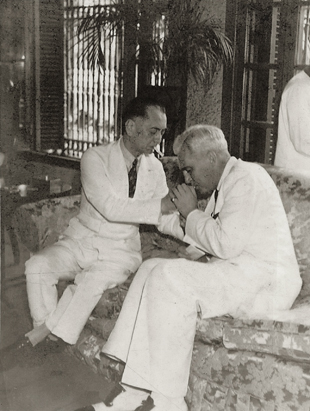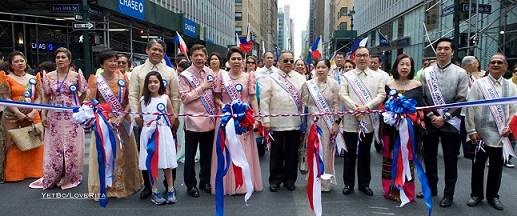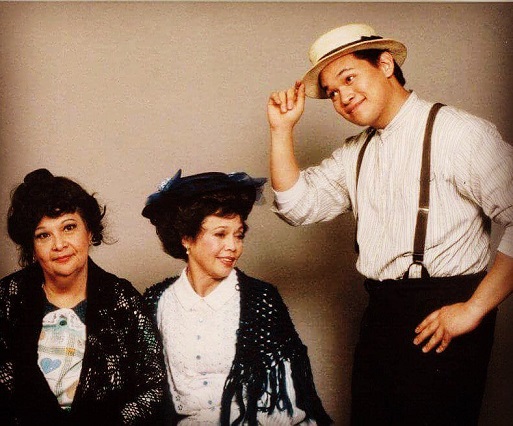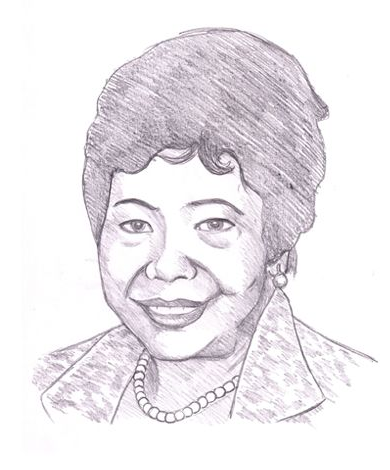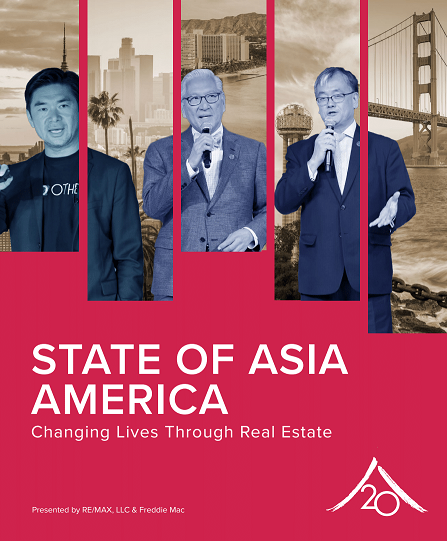Homeownership still unattainable for some Asian Americans despite wealth
Homeownership rates in the Asian American, Native Hawaiian, and Pacific Islander in the middle- and lower-income levels are far below equal non-Hispanic Whites and comparable to those of the Black and Hispanic communities.
The 2023 State of Asia America report published by the Asian Real Estate Association of America (AREAA) also showcased how high home prices are driving AANHPI people from traditional urban centers. The report was released on March 16.
A national nonprofit trade organization, AREAA is celebrating its 20th year. It has 44 chapters and 18,000 members nationwide. Its findings will be shared with Capitol Hill and federal agency leaders during AREAA’s Diversity and Fair Housing Summit in May.
“The report puts into perspective what is occurring today within the AANHPI community,” said Kurt Nishimura, president of AREAA. “While we are the fastest-growing diverse sector in the nation, those in our middle and lower incomes are not keeping pace in homeownership levels with those for the non-Hispanic White sector. We are also much more comparable than previously discussed to the Black and Hispanic middle- and lower-income households.
The State of Asia America report breaks down AANHPI homeownership rate by income levels going beyond the overall AANHPI levels of 61.9%. The U.S. Census’ American Community Surveyreports the AANHPI middle- and lower-income levels,those who make 140%-or-less of a local market’s Area Median Income (AMI), join their comparable Black and Hispanic communities in being far behind non-Hispanic Whites in homeownership rates.
Income vs. affordability concerns
The reports found wealth is not necessarily the driver of high homeownership levels. While several subgroups within the AANHPI community have increased household income over the last several years, those living in the West and Northeast still find homeownership largely unattainable.
In 2021, Vietnamese communities had a 10% increase in household income, but of those families, only 1% can afford a home in the West and 6% can afford a home in the Northeast.
The propensity to live in some of the nation’s most expensive markets has made homeownership challenging for AANHPI people. The U.S. Census reported that the South saw its AANHPI population grow by 25.2 percent between 2010-2022, while the Midwest increased by 40.5 percent.
The State of Asia America Report also found that Washington, Florida, and Virginia generated 56.9 percent of all AANHPI inbound migration from 2010-2019.
Houston is one of the specific markets attracting increased numbers of AANHPI people. According to the National Consumer Reporting Association, more than half of the “mortgage ready” AANHPI population in the metro can afford the region’s $344,000 (Realtor.com) median home listing price. The group defines “mortgage ready” as those 45-and-under without a current mortgage, with a credit score of 661-plus, a debt-to-income ratio not exceeding 25% and other factors.
“While so many in our community settled in such places as California and New York, eventually created household wealth and are considered ‘mortgage ready,’ they simply cannot afford a home,” Nishimura said. “This imbalance is leading to migration away from these areas. It’s not surprising that the South and Midwest are attracting our community. Hopefully, we will see AANHPI homeownership rates rise in these regions.”
Ethnicities and homeownership
All but seven studied AANHPI ethnicities fell below the overall U.S. median family income, reported by the U.S. Census to be $70,784. Only Vietnamese and Chinese Americans exceeded the nation’s 65.9% homeownership rate.
The 1.88 million Vietnamese Americans have a 69.2% homeownership rate, the highest of any AANHPI group, despite an $82,900 median income which is 59.46% lower than Asian Indian Americans who have a 62% homeownership rate. Vietnamese Americans have one of the highest rates of multigenerational housing among AANHPI subgroups, allowing more household members to contribute to rental and housing payments.
“It is clear that the AANHPI community is not a homogeneous group, and each ethnicity has different levels of homeownership that are obviously impacted by home prices where they are situated,” Nishimura said. “The Vietnamese and Filipino communities are great examples of those who are thriving in the more affordable South and Midwest. We also recognize there are ethnicities within the AANHPI community where household income is relatively strong, but homeownership rates don’t reflect this success. We clearly have a lot of work to do.”




